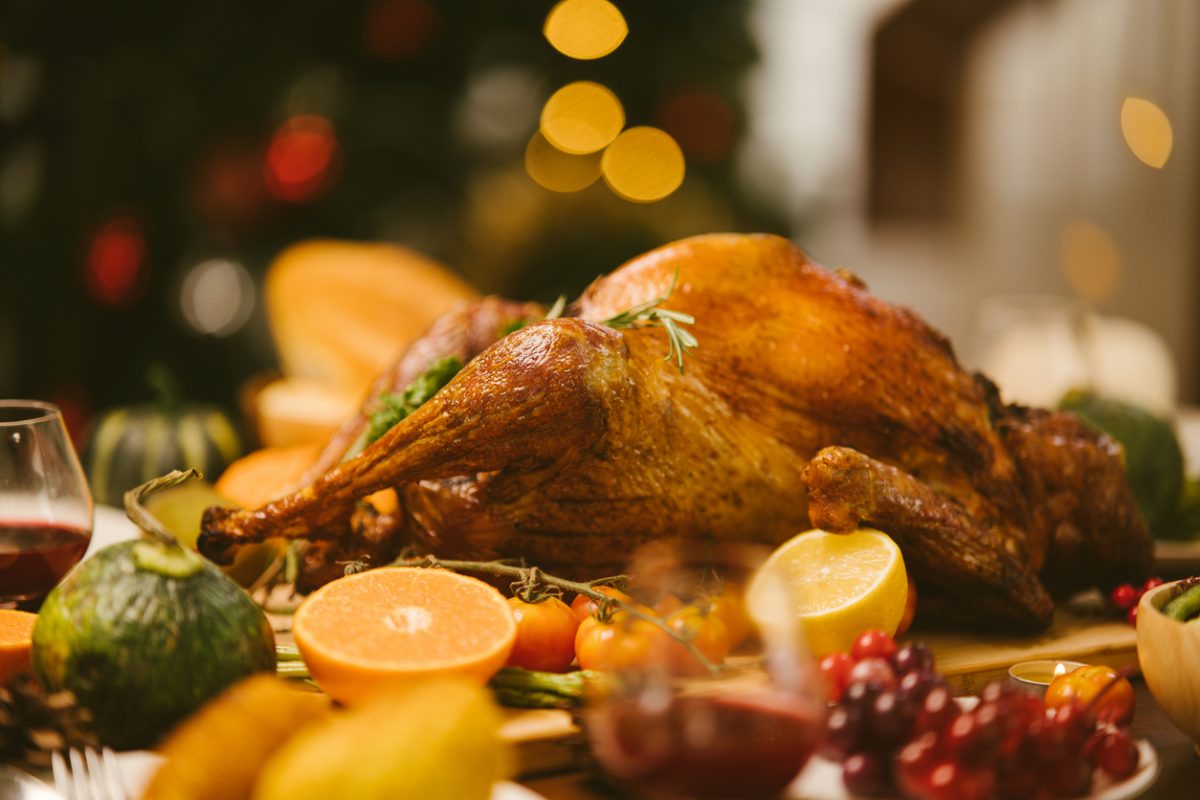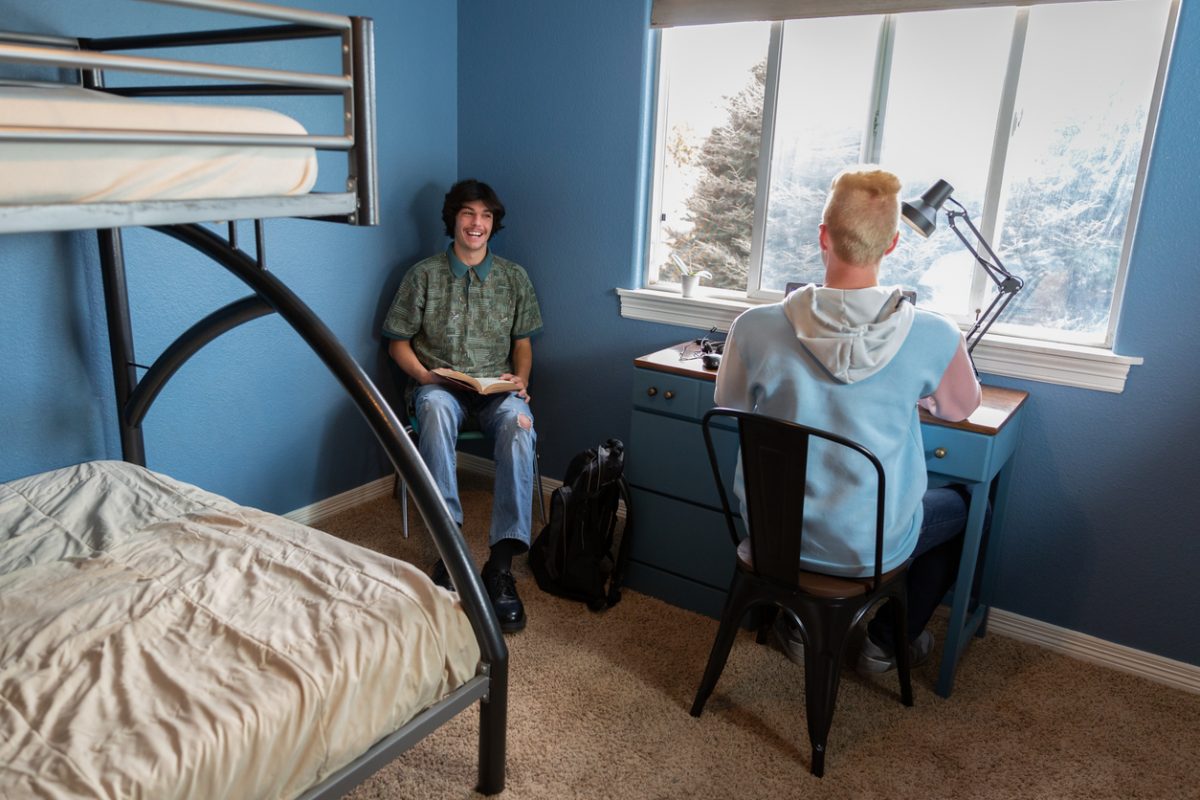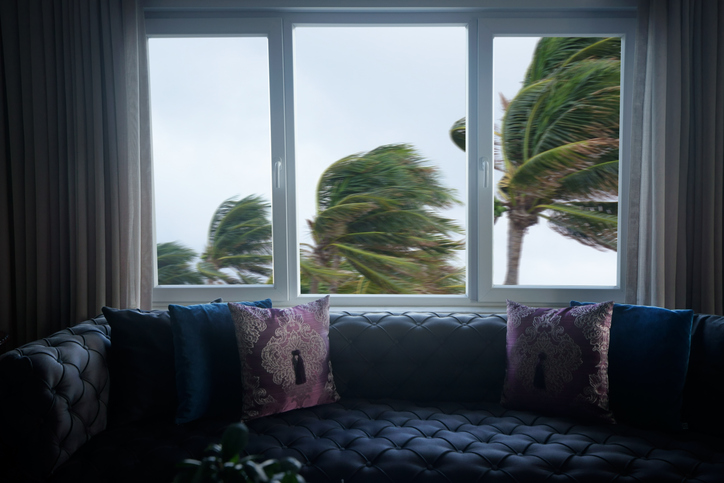
As massive wildfires rage in multiple Canadian provinces, millions are experiencing the detrimental impact of smoke on indoor air quality. These effects are being felt even thousands of miles from the fires. Many people are relying on room air cleaners to maintain their indoor air quality during this challenging time.
Proper air cleaner maintenance and operation are critical for performance. If you are using an air cleaner to manage wildfire smoke, take these steps to ensure that your air cleaner continues to operate at a high level:
Change the filter regularly: Your air cleaner’s use and care manual will recommend how often to change your air cleaner’s filter. These recommendations are based on the manufacturer’s testing, but can vary depending on how often you use the filter and the level of pollutants in the air. An air cleaner that is used frequently in an area affected by wildfire smoke may require more frequent filter changes. If the filter is changing color or if the level of air coming out of the air cleaner drops, it could mean the filter should be changed. Keep extra filters on hand, especially during wildfire season.
Some air cleaners do not require filters, relying instead on an electrostatic precipitator (ESP), which charges particles and attracts them to a plate. Clean the plates regularly. Check the air cleaner’s use and care manual for specific cleaning instructions.
Position the air cleaner properly: It might be more convenient to place an air cleaner against a wall and in a corner, but that will restrict airflow and reduce performance. Move the air cleaner toward the center of the room and operate it on high in an area free of obstructions. The more air that goes through the air cleaner, the more pollutants it will remove.
Clean the outside of the air cleaner: Some manufacturers recommend using a vacuum to remove dust from the outside of the air cleaner. Vacuum or gently clean the dust from the outside of the air cleaner when you notice a buildup. An air cleaner that is dirty on the outside is likely dirty on the inside, so make cleaning the exterior part of the process when you are replacing or cleaning the filter.
Vacuum regularly: Air cleaners are only part of the equation if you are seeking cleaner indoor air. Do a thorough cleaning of the area and use a vacuum with a HEPA filter to remove particles that have settled so they are not kicked back into the air you breathe.
Change your furnace filter: If you change your furnace filter regularly, you might not have to change the filter in your air cleaner as often. However, a furnace filter is not a substitute for an air cleaner because it is designed to trap large particles. In addition, it is common for particles to miss the furnace filter and end up inside the home.
An air cleaner with a HEPA filter and activated carbon filter can also help reduce the smell of smoke in your home. Run your air cleaner until the smell subsides and change the filter as recommended. This post from University of Colorado Boulder researchers offers more tips on how to reduce smoke odors.
If you are looking for an air cleaner to manage the effects of wildfire smoke, look for the AHAM Verifide® mark. This mark guarantees the air cleaner has been independently tested to meet the manufacturer’s performance claims and CARB ozone limits.
Select the right air cleaner size: Check the Clean Air Delivery Rate (CADR) on the packaging for the recommended room size. The smoke CADR should match the room’s square footage for optimal performance.
Be wary of misleading claims about air cleaner efficacy! Understanding CADR and smoke rating is crucial for informed decisions. Replacement air cleaner filters should be purchased from reputable sources to avoid counterfeit filters.
Be prepared: Those who live in areas that are commonly affected by wildfire smoke should be prepared with properly sized air cleaners and extra filters. Demand for both may rise during smoke events.
Indoor air quality is important all year: Beyond wildfire season, maintaining indoor air quality is crucial. Numerous common indoor air pollutants are not visible to the naked eye and can be prevalent even in clear weather. Utilizing air cleaners can significantly reduce allergens, and some models can provide additional defense against common illness-causing viruses and bacteria.
About AHAM Verifide
Since 1963, the Association of Home Appliance Manufacturers (AHAM) has set the standard for the certification and verification of manufacturers’ claims on home appliance performance, giving consumers peace of mind that the appliance will meet their home’s needs. Room air cleaners certified through the AHAM Verifide® program have been rigorously tested by an independent laboratory to ensure the product will perform to the manufacturer’s product claims for the suggested room size. AHAM’s standard for measuring an air cleaner’s efficacy is called the Clean Air Delivery Rate (CADR). CADR indicates the volume of filtered delivered to a room, with separate scores for tobacco smoke, pollen and dust. The higher the CADR number for each pollutant, the faster the unit filters the air. AHAM is recognized by the U.S. Environmental Protection Agency as an administrative body approved to administer verification testing for purposes of the ENERGY STAR® program.
















 Amid the busyness of packing, moving and preparing for the fall semester, it’s understandable if you haven’t thought much about the indoor air quality (IAQ) in your college student’s dorm. But the move to college can expose students to a number of potential indoor air quality issues. The start of the fall semester coincides with fall allergy season. Plus, the close living quarters of college life make fertile ground for the spread of viruses like the common cold, flu and COVID.
Amid the busyness of packing, moving and preparing for the fall semester, it’s understandable if you haven’t thought much about the indoor air quality (IAQ) in your college student’s dorm. But the move to college can expose students to a number of potential indoor air quality issues. The start of the fall semester coincides with fall allergy season. Plus, the close living quarters of college life make fertile ground for the spread of viruses like the common cold, flu and COVID. 



 Summer comes with the threat of hurricanes and other serious storms. It is important to have a plan in place to keep your food safe to eat should your home lose power. Follow these tips from the USDA to prepare before the storm hits:
Summer comes with the threat of hurricanes and other serious storms. It is important to have a plan in place to keep your food safe to eat should your home lose power. Follow these tips from the USDA to prepare before the storm hits:

